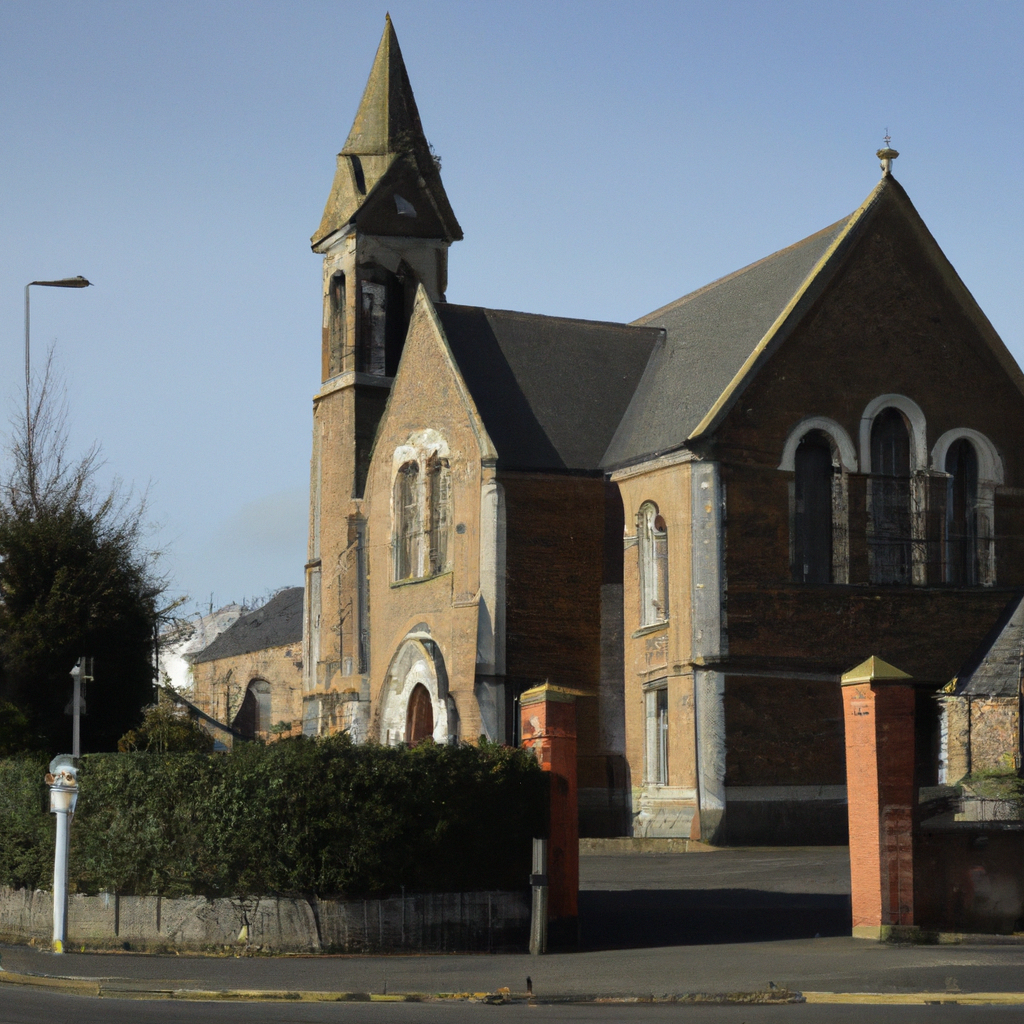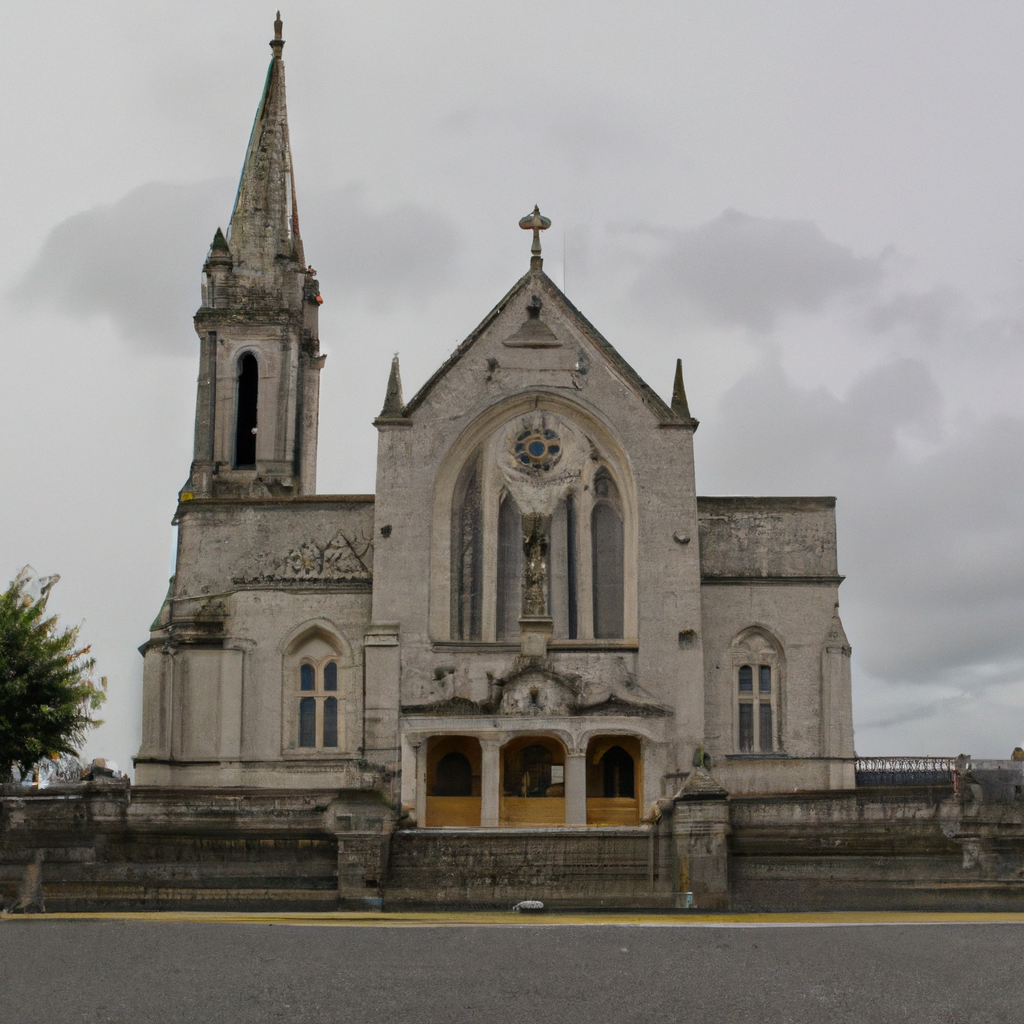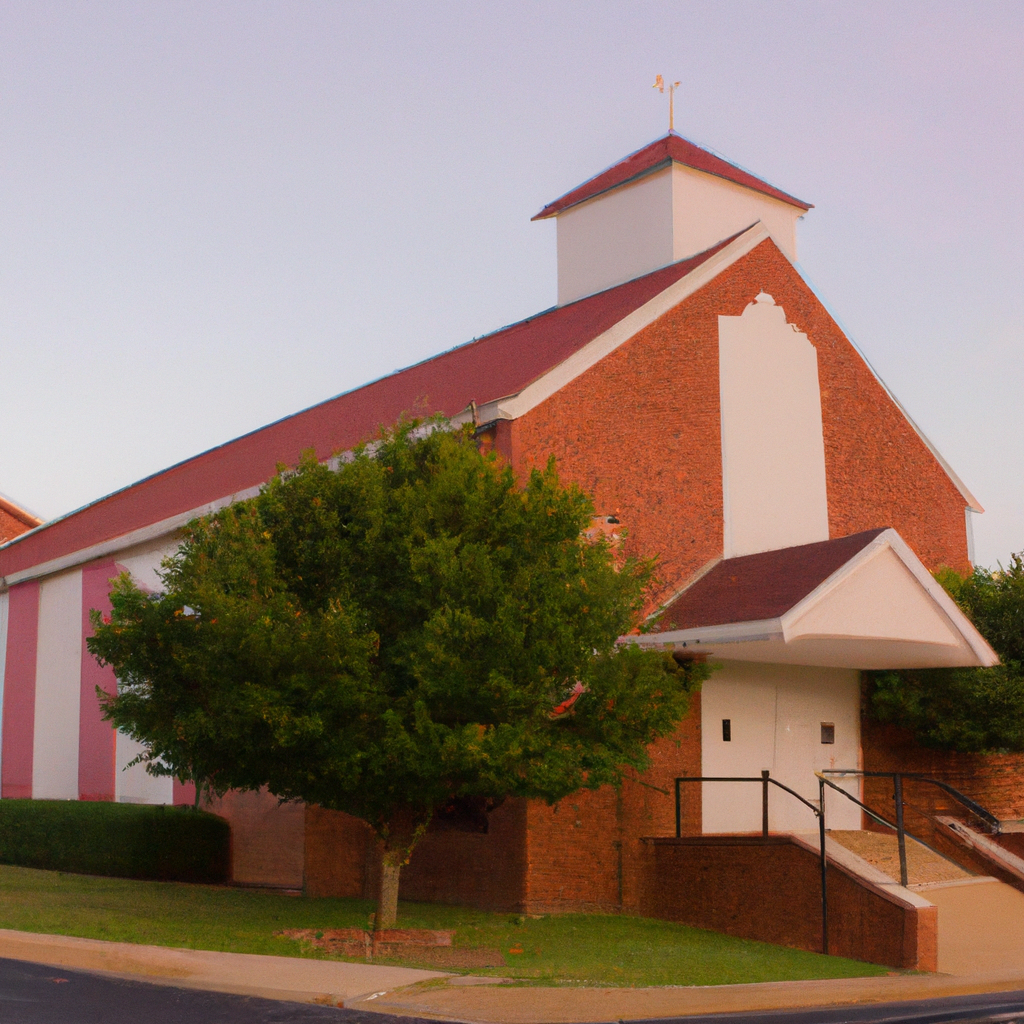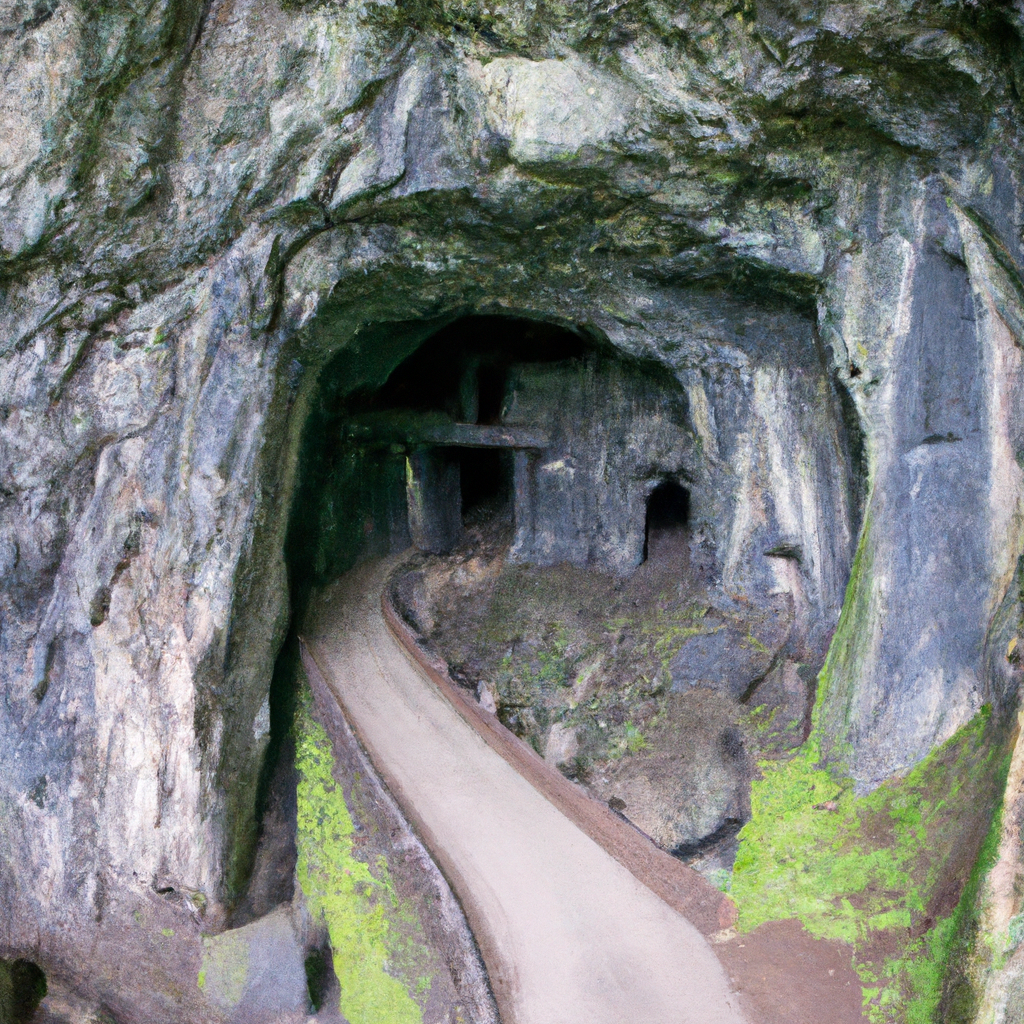Kilmainham Gaol – one of the most historical places in Ireland In Ireland: Overview,Prominent Features,History,Interesting facts
Overview:
– is a former prison in Kilmainham, Dublin, Ireland. Originally built in 1796, the jail was used to house Irish rebels and other political prisoners, and is now an important tourist attraction that houses a museum of Irish history. The jail has links to many of the key figures in Irish history including Charles Stewart Parnell, Robert Emmet, Éamon de Valera and Padraig Pearse. It is one of the most beautiful monuments in Ireland
Prominent Features:
Kilmainham Gaol, also known as Kilmainham Jail, is a former prison located in Kilmainham, a suburb of Dublin, Ireland. It is now a museum run by the Office of Public Works, an agency of the Department of Arts, Heritage, Regional, Rural and Gaeltacht Affairs of the Irish Government. Built in the late 18th century during the ascendancy of the Irish penal system, Kilmainham Gaol was used as a prison for a variety of offenders including Catholic activists, the leaders of the 1916 Easter Rising, and members of the Irish Republican Army. In the 19th and early 20th centuries, it became one of Ireland's most notorious prisons due to its harsh and inhumane conditions. It is now a top tourist attraction in Dublin, with hundreds of thousands of tourists visiting annually. Kilmainham Gaol is one of the most important historical sites in Ireland, and it played an important role in the country's struggle for independence. It is a place where countless past Irish patriots and visionaries, including Patrick Pearse and James Connolly, spent some of their last moments in captivity. Its notorious cells, with their damp, miserable conditions, remain unchanged since they were once filled with the country's most illustrious rebels. The preserved interior of the jail, with its authentic 19th-century atmosphere, provides a unique glimpse into Ireland's turbulent history. The museum also includes a permanent exhibition on "Revolution 1916," which chronicles the story of the Easter Rising and Ireland's subsequent path to freedom. The museum also offers guided tours that focus on various aspects of Kilmainham Gaol's history. Kilmainham Gaol is one of the most historically significant places in Ireland, and its architecture and design is indicative of the country's turbulent past. It represents a tumultuous period in Ireland's history, and it still evokes the spirit of the Irish struggle for independence. The museum is a must-see for anyone interested in the history of the Irish fight for freedom. You can learn history, culture, and heritage through these magnificent monuments in Ireland.
History:
, Kilmainham Gaol is one of the most famous and historically significant places. It was originally established in 1796 as a Dublin City Gaol, and although it was intended to just hold short term prisoners, it became a major gateway for Irish prisoners from 1849-1924. During this time, Kilmainham Gaol was the main prison for Irish political prisoners. This includes those who had been arrested for offenses such as treason, sedition, plotting a rebellion and even illegal drilling which was associated with the Fenian Movement. Also during the Fenian Uprising of 1867, the jail experienced a great deal of trouble with uprisings and hunger strikes among the Fenian prisoners. Kilmainham Gaol is linked to several historical figures, such as Robert Emmet and the leaders of the 1916 Easter Rising. Following the refusal to accept Peace Terms issued by Britain in 1916, fifteen men were given the death penalty and were all imprisoned at Kilmainham Gaol. These prisoners were executed just outside the jail walls, an event which became a symbolic moment in Irish history and helped pave the way for an independent Ireland. Despite its history of imprisonment, on June 16th 1924, Kilmainham Gaol officially closed down and the prisoners that had been held there were transferred to other jails around Ireland. In the years that followed, the gaol would become a museum and tourist attraction for those wishing to visit this important part of Irish history. Kilmainham Gaol is a monument to those who were once imprisoned there, and is a permanent reminder of the sacrifices made for an independent and free Ireland. It stands as a fitting tribute to the prisoners that suffered and were executed in pursuit of their freedom and independence. Subsequently, the Kilmainham Gaol is a testament to the struggle for independence that still resounds throughout the country today. Visit one of the famous monuments of Ireland with your friends and family.
Interesting facts:
1. Kilmainham Gaol is one of the largest unoccupied prisons in Europe and one of the most visited sites in Ireland. 2. The Kilmainham Gaol is now an exemplar of political exiles, Irish patriots, and ordinary men and women. 3. During its four centuries of functioning, 15,000 prisoners were detained in Kilmainham Gaol. 4. The longest-serving prisoner of Kilmainham Gaol was a 25-year-old man who was arrested in 1874 and released in 1909. 5. Kilmainham Gaol was also used as a place of execution and held the courts-martial of those who were involved in the 1916 Easter Rising and 1916 Rebellion. 6. After being closed in 1924, Kilmainham Gaol lay abandoned for nearly 30 years until it was opened as a museum in 1960. 7. The museum is now popular with locals and tourists alike, who visit the site for its association with the political history of Ireland. One of the historical monuments of Ireland, it tells the story of a bygone era
Explore Ireland most popular tourist destination with us. Kilmainham Gaol – one of the most historical places in Ireland In Ireland: Overview,Prominent Features,History,Interesting facts,which is 35.14 km away from Ireland main town, is the most popular destination to add in your travel wishlist.
-
City:
Ireland
-
state:
Dublin
-
country:
IE
-
country code:
Ireland
-
postcode:
8
Location:
Dublin IE

















